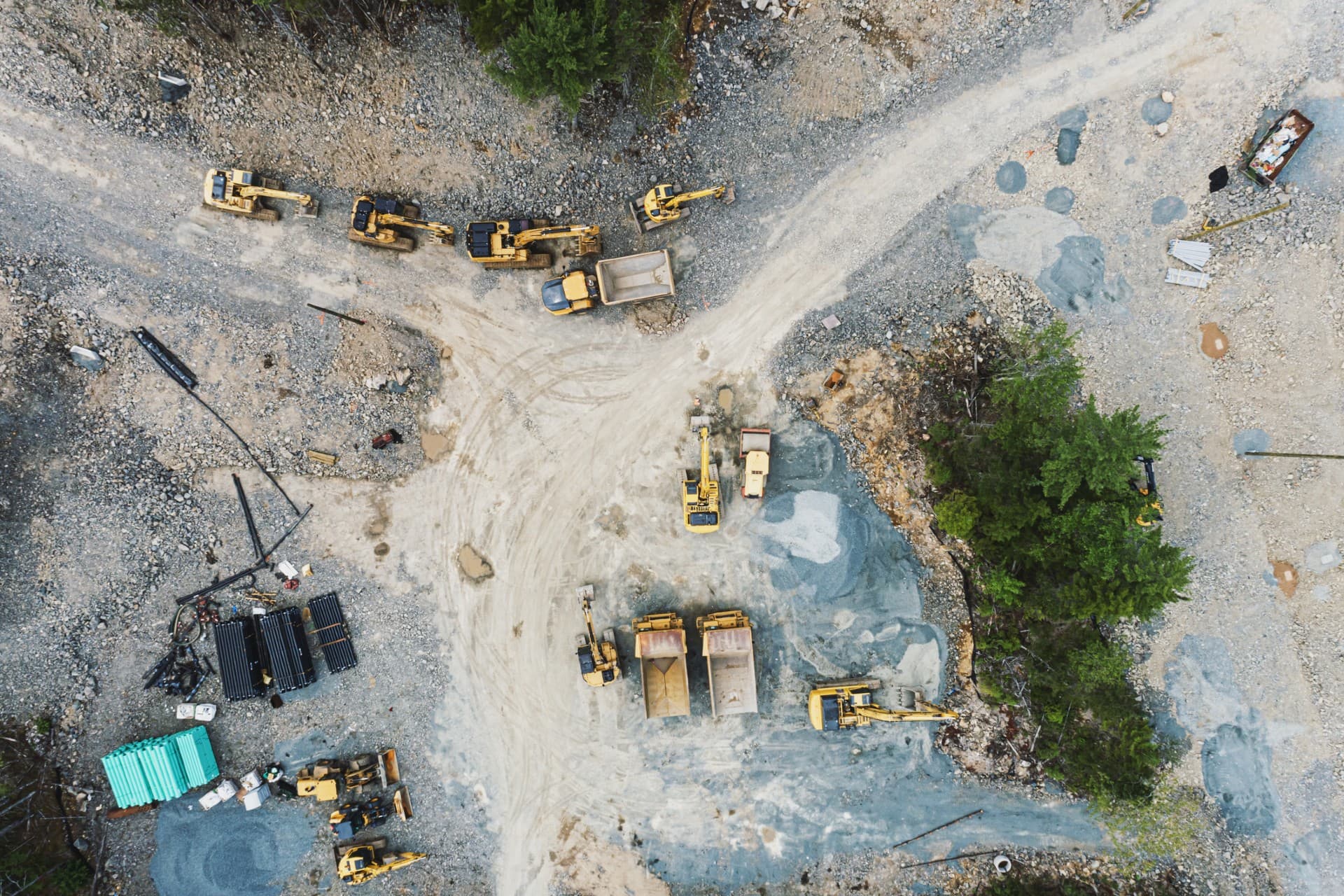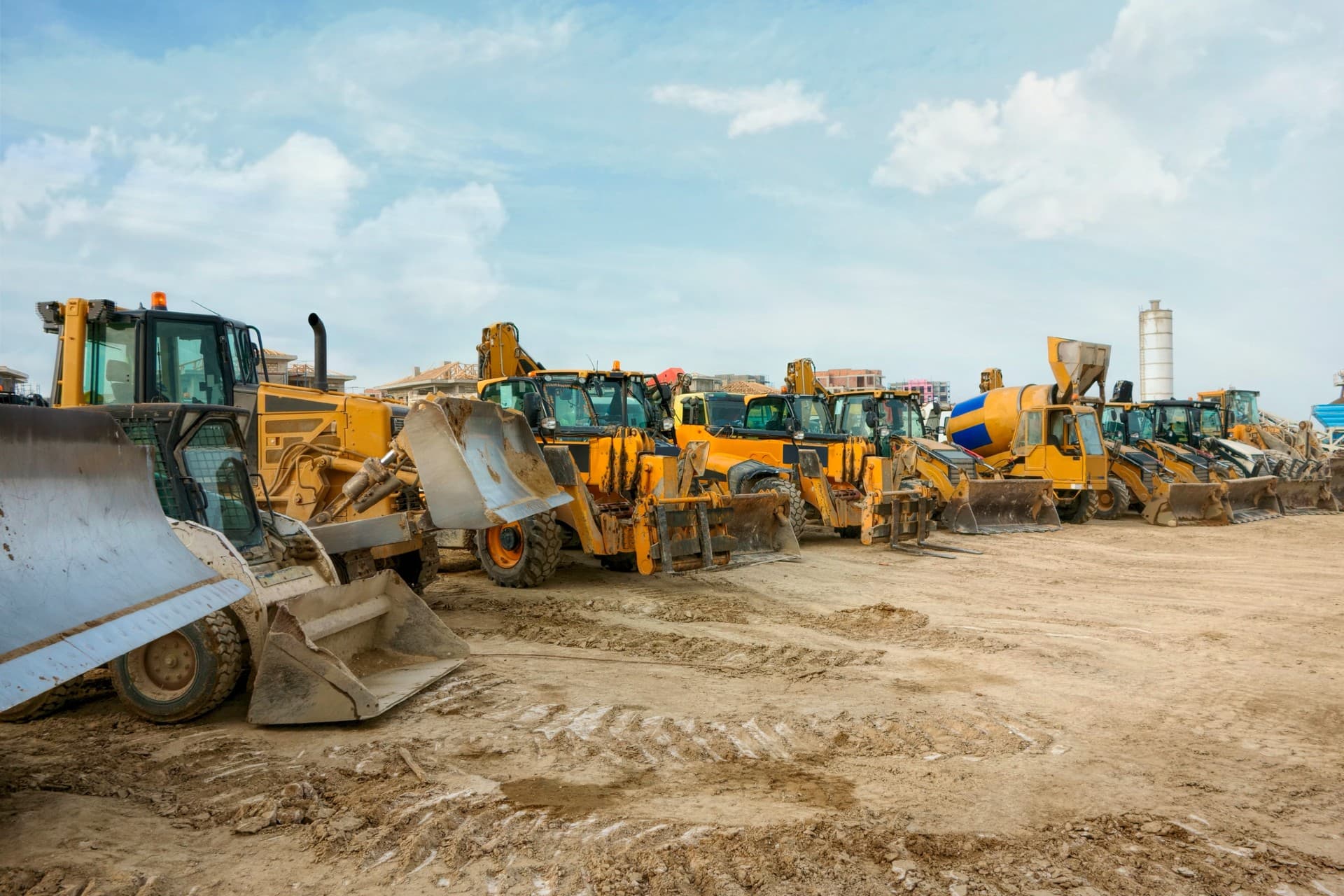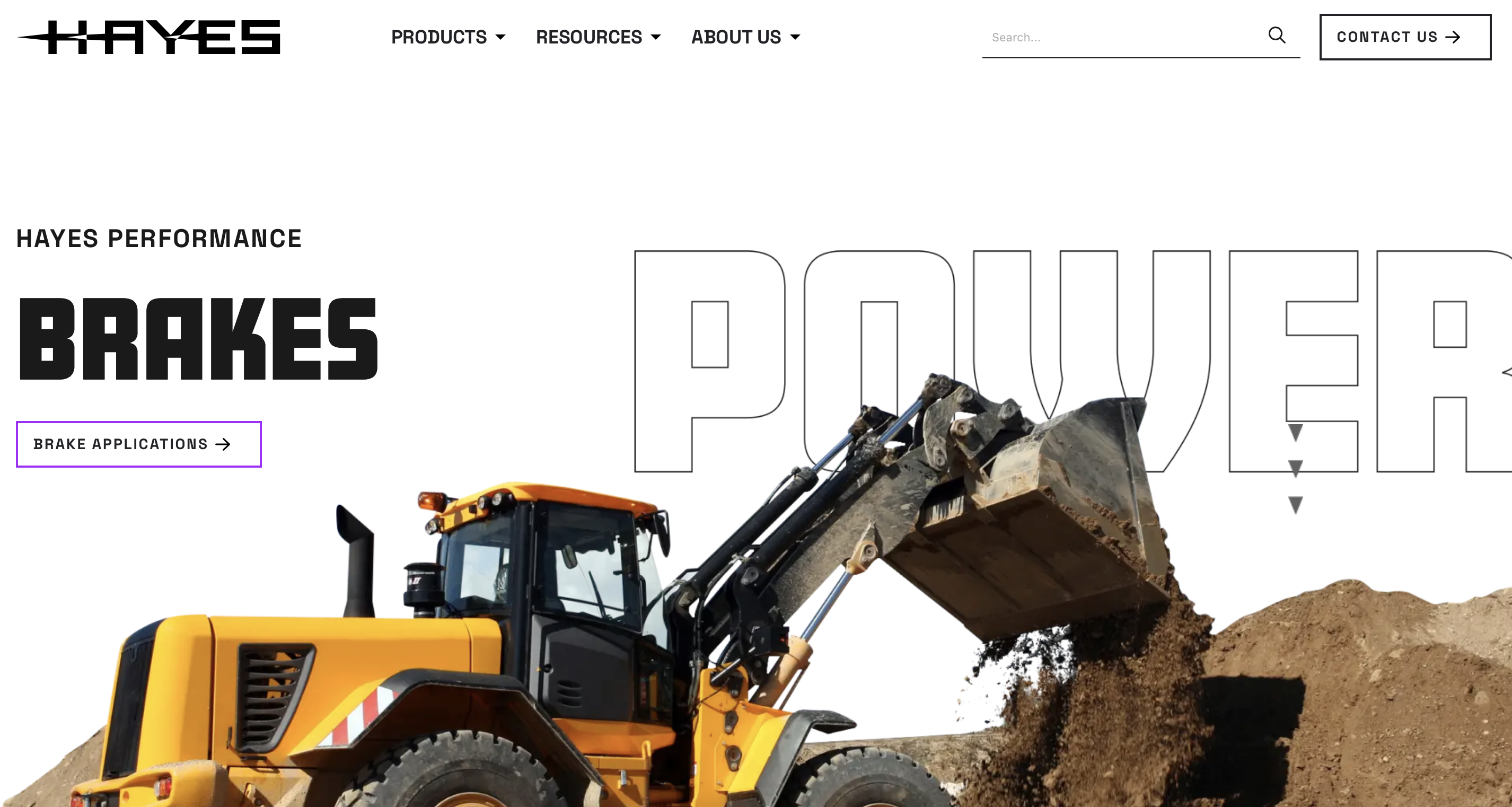The Importance of a Construction Brake System Inspection
Share this
Heavy equipment brakes — particularly in the construction industry — are critical to instantaneously stopping massive amounts of weight and momentum. In a best-case scenario, brake failure can result in a mishap that only delays work; on the other hand, it could result in something far more catastrophic, including loss of life. That’s why specific safe operation and braking measures for construction equipment are mandatory under OSHA regulations.
According to OSHA, about 75% of “struck-by” fatalities involve heavy equipment such as trucks and cranes.1 To help keep this type of equipment safe, the organization indicates that construction equipment must have:2
- A service brake system to slow or stop the vehicle during normal operations
- An emergency brake system for backup in case the service brakes fail
- A parking brake system, also known as a hand brake
It’s important to note, however, that these are minimum requirements. To ensure your brakes meet OSHA standards and the high standards of a competitive industry, you must conduct construction brake system inspections regularly.
Why Brake Inspections Matter
Creating a culture that puts safety and worker well-being first while maintaining a productive operation is key. One way to achieve this balance is through regular inspections of your equipment’s brakes.
The primary benefits you’ll see from regular brake inspections include:
- Keeping workers safe
- Maintaining productivity
- Saving on repair costs
- Preventing fines
Let’s dig a little deeper.
Keeping Workers & Citizens Safe
Close attention to safety is a top priority everywhere, but it’s particularly essential for industries such as construction, where significant physical hazards are common.
Not only will preventive measures make workers feel safe, but they could also minimize the likelihood of an accident – and the very costly potential outcomes, such as wrongful death lawsuits and workers’ compensation claims. Regular inspections help your brakes perform as needed, lowering the risk of accidents and injuries.
Maintaining Productivity
When brakes fail, operations could come to a screeching halt: the vehicle is out of commission until its brakes are repaired or replaced, or until a replacement vehicle is brought in. When this unexpected downtime occurs, it could mean falling behind schedule and wasting workers’ time.
While the short-term effects are delays and wasted resources, it could also damage your reputation. No one wants to work with a construction company that is frequently behind schedule because of ongoing maintenance issues, including brake failure — a failure that could have been prevented with a regular brake inspection.
Saving on Repair Costs
Frequent, regular brake inspections will likely catch defects before they become bigger, costlier issues. Often, brake systems only need an adjustment — straightening a hose, tightening a bolt. Or maybe a single component needs replacing, rather than the entire brake.
Just as the old adage says, “An ounce of prevention is worth a pound of cure.” If you neglect these simple fixes, minor problems will almost always grow into big trouble – and cost you accordingly.
Preventing Fines
OSHA takes violations of its policies seriously, and if you don’t follow them you’ll be paying the price.
OSHA levies fines of up to $15,625 for violations.3 The penalty is steeper for willful or repeated violations: up to $156,259 per violation.3
When you use regular inspections to ensure your brake systems follow OSHA standards, you’re helping prevent costly fines that eat away at profit margins.
What to Look for in Brake Inspections
When conducting construction brake inspections, make note of and correct the following conditions.
- Fluid levels
- Hose and tubing cracks and entanglement
- Brake pad wear and tear
- Caliper wear and tear
- Rotor warping and wear and tear
- Grease levels
While not an all-inclusive list, each inspection must be done thoroughly and with care.
More Insight from Hayes
For more insights on brakes in the heavy equipment, powersports, government, specialty, and bicycle industries, we encourage you to subscribe to our blog. We’ll also post updates and details about Hayes products and processes — and you can receive notifications about new posts right to your inbox!
Simply click the link below to subscribe today.
SOURCES
1Occupational Safety and Health Administration, Construction eTool, Construction, Struck-By, Accessed October 3, 2023.
2Occupational Safety and Health Administration, Construction eTool, Struck-By, Brake Systems, Accessed October 3, 2023.
3Occupational Safety and Health Administration, Annual Adjustments to OSHA Civil Penalties, December 20, 2022.
Subscribe to our blog!
Related blogs
Section Intro
Help visitors get the basic idea within a few seconds, so they understand what this section is about.

How to Maintain Construction Brakes Through Proper Braking Techniques
Construction vehicle brake maintenance involves more than just regular inspections and cleaning. Correct use is vital to their longevity, too.
Without proper braking techniques, braking systems on...

7 Reasons for Brake Failure in Heavy Equipment and How to Avoid Them
Brakes must work, but that doesn’t mean they always do. And when they don’t work when needed in heavy equipment, that puts operations behind schedule and risks profit loss.
In most cases, brake...

Hayes Brakes Launches New Website
December 14, 2023, Mequon, Wis. – Hayes Brakes, a global leader in braking systems, is pleased to announce the official launch of its enhanced and renewed website, www.hayesperformance.com. More...
